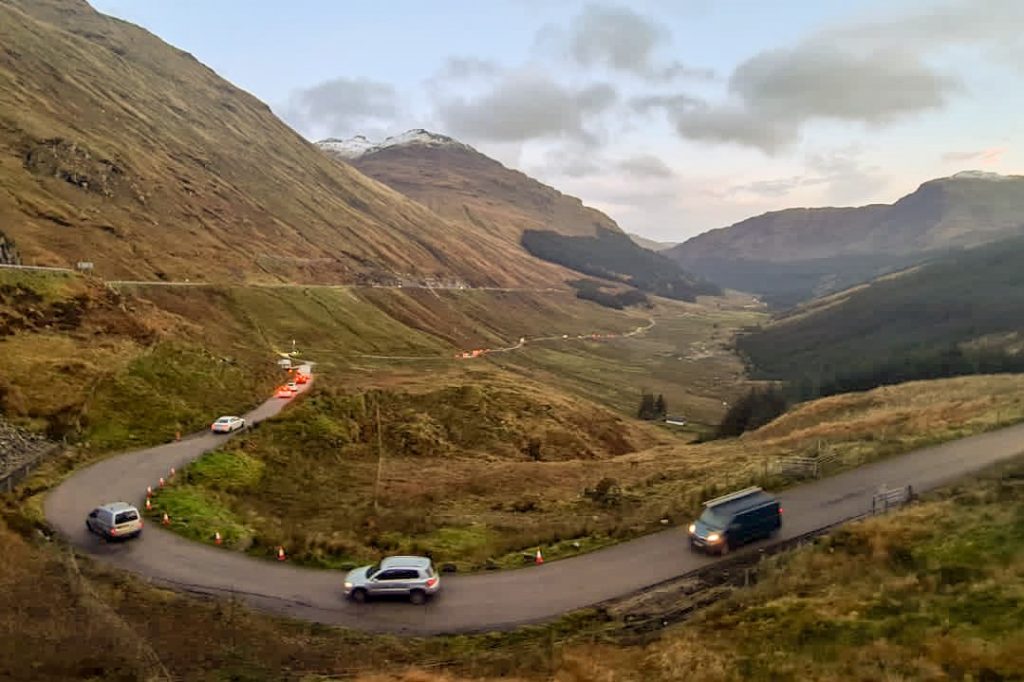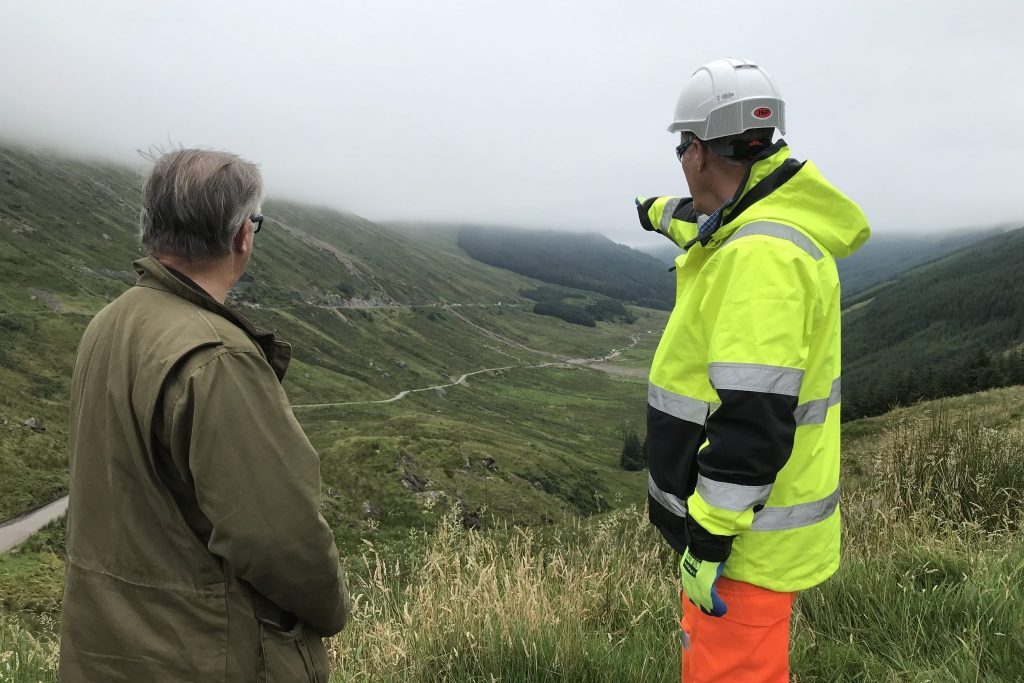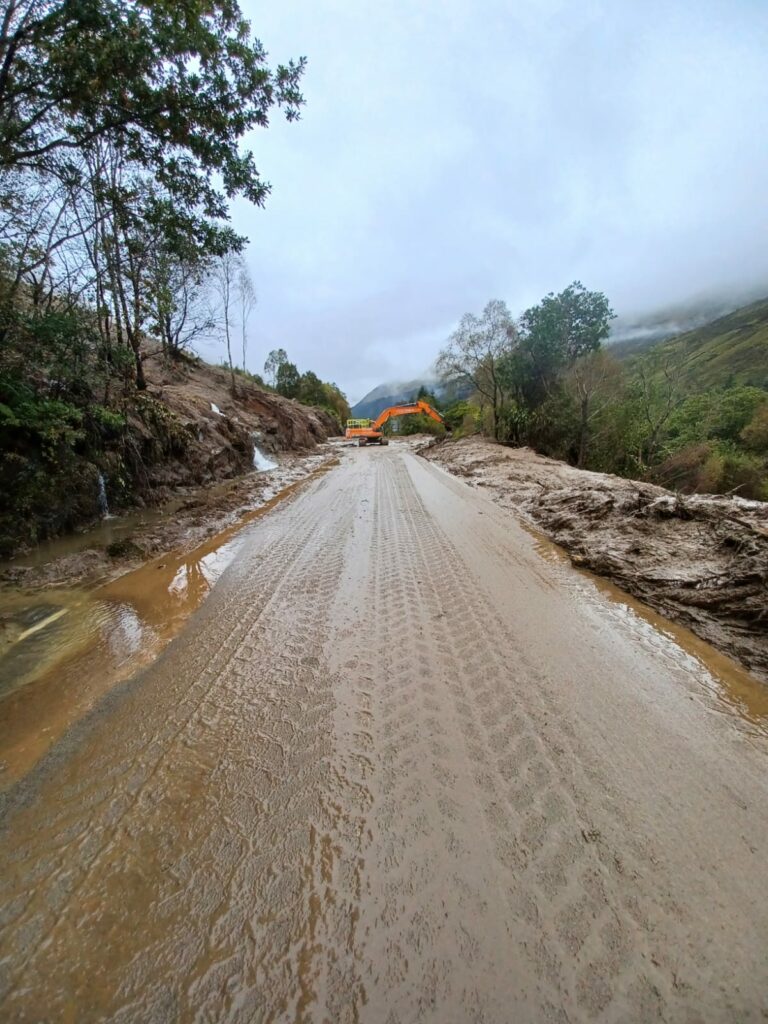Ground investigations for Scotland’s Old Military Road resilience improvements begin

This post was originally published on this site

Transport Scotland has begun ground investigations for a scheme to improve the condition of Old Military Road in the Cairngorms before its use as a long-term diversion for the A83 Rest and Be Thankful.
A section of the A83 through Rest and Be Thankful has become infamous for regular closures as a result of ground movement and recent landslips have also led to the closure of its diversion route along the Old Military Road.
In June, Transport Scotland unveiled its plans for the preferred option of building a £470M debris flow shelter to protect the A83. While the construction takes place, traffic will be taken via the Old Military Road. This is a single track road so traffic has to travels in convoys.
Ahead of that, Transport Scotland will spend up to £32M to make the Old Military Road more resilient and it has been developing a detailed programme for proposed improvements. These proposals include debris catch fences, temporary bunds, drainage improvements and widening and discrete realignment to improve bends and avoid flooding.
NCE sister title Ground Engineering reported Raeburn Drilling & Geotechnical will be conducting the ground investigations which will inform the detailed design and construction of the first phase of the improvements, according to Transport Scotland. Investigations are already underway and are due to be completed by Monday, with no traffic management needed.
The first phase of construction involves realigning the southern end of the road which is due to start later this year. This will increase resilience of the temporary diversion route by reducing the likelihood of closures due to flooding, meaning more certainty for locals and road users if the A83 has to shut due to adverse weather conditions.
Located 80km north of Glasgow, the Rest and Be Thankful viewpoint is the highest point on the A83 in Scotland. The road, which runs through a valley and links the west coast and the Highlands to Scotland’s central belt, has a high risk of landslides and debris flow hazards, which have increased in recent years due to the frequency of heavy and prolonged periods of rainfall.
The proposed debris shelter scheme comprises a 1.4km long, open-sided tunnel, costed at between £405M and £470M.
Scottish government cabinet secretary for transport, net zero and just transition Màiri McAllan said: “The Scottish government remains committed to a long-term solution to the landslip risks at the A83 Rest and Be Thankful.
“The announcement in June of the preferred option was a significant confirmation of that commitment. The consultation on this ends on 28 July and I would encourage anyone with an interest in the scheme to view the online exhibition and tell us what they think.
“At the same time, we are working hard to increase the resilience of the temporary diversion route along the Old Military Road, with construction beginning later this year on the first phase to realign its southern end. Meanwhile, design work is progressing on the long-term option.
“In advance of the construction work starting, these ground investigations will help determine the conditions of the terrain for this part of the temporary diversion route.
“The planned improvements of the Old Military Road will increase resilience of the temporary diversion route by reducing the likelihood of landslides impacting the route. This will mean more certainty for locals and road users if the A83 has to shut due to adverse weather conditions.”
Like what you’ve read? To receive New Civil Engineer’s daily and weekly newsletters click here.





Responses